The journey from birth to adulthood is marked by remarkable milestones—not just for humans but for our animal counterparts as well. Despite vast differences in appearance and habitat, many baby animals experience developmental stages strikingly similar to human infants. These parallels not only highlight our shared evolutionary history but also deepen our understanding of growth and development across species. From first steps to social bonding, the journey of a growing baby animal offers fascinating insights into the universal patterns of life. Let’s explore 17 baby animal milestones that mirror human development, revealing the beautiful symmetry of growth in the animal kingdom.
First Breaths and Cries

Just like human babies announce their arrival with a powerful first cry, many newborn animals make distinctive sounds immediately after birth. Foals neigh softly, lion cubs mew, and even baby elephants trumpet within minutes of entering the world. These first vocalizations serve a critical biological purpose—clearing fluid from the lungs and establishing breathing patterns. For mammals, this first independent breath marks the transition from receiving oxygen through the mother’s bloodstream to breathing autonomously. Scientists have observed that these initial sounds also help mothers identify their offspring, creating an auditory imprint that strengthens the crucial bond between parent and child. This milestone represents perhaps the most fundamental parallel between human and animal development: the dramatic shift from life inside the mother to existence as a separate being.
Nursing and First Feedings
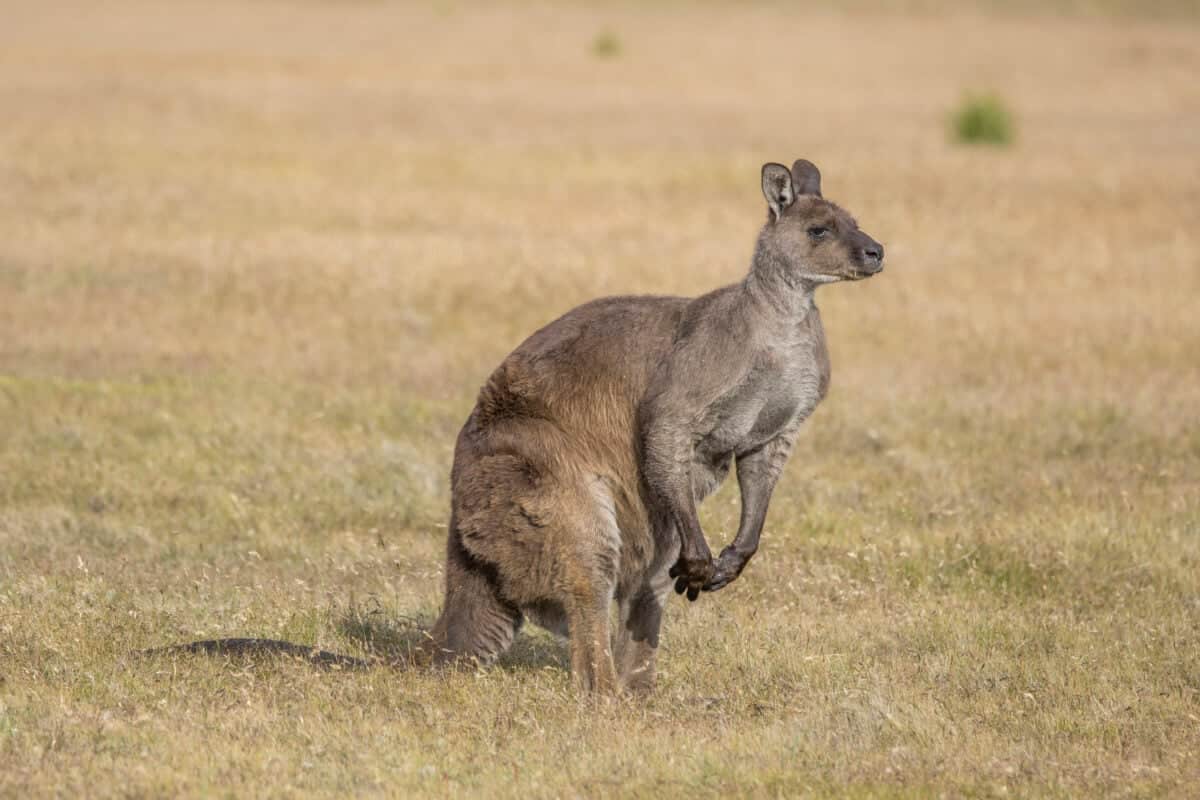
The instinct to feed begins almost immediately after birth for most mammals. Baby animals, like human infants, are born with the rooting reflex—an instinctive behavior that helps them find their mother’s milk source. Newborn puppies, though blind and unable to stand, can wiggle toward their mother’s teats within minutes of birth. Similarly, baby elephants quickly learn to control their trunks enough to nurse, though they may initially struggle with this complex appendage. For marsupials like kangaroos, the journey to first feeding is even more remarkable—newborn joeys, born extremely premature, must crawl from the birth canal to the pouch and attach to a teat without any assistance. This critical milestone establishes not just nutrition but also the emotional foundation of the mother-infant relationship through the release of bonding hormones like oxytocin. Scientists have found that these early feeding experiences impact metabolic patterns and immune system development in ways similar across mammalian species.
Opening Eyes to the World

Many mammals, including cats, dogs, and bears, are born with their eyes sealed shut—quite different from human babies who can see limited distances from birth. This developmental difference reflects evolutionary adaptations to different reproductive strategies. For these animals, the eye-opening milestone typically occurs between one and two weeks after birth, with significant variation among species. Kittens usually open their eyes around 7-10 days after birth, while bear cubs may take up to a month. When these baby animals first glimpse the world, their vision is blurry and undeveloped, similar to a human newborn’s sight. Over the following weeks, their visual acuity improves dramatically as neural connections form in the visual cortex. Researchers have documented that this process follows remarkably similar patterns across mammals, with the brain processing increasingly complex visual information as the eyes mature. This gradual awakening to visual stimuli represents a profound developmental shift that transforms how young animals perceive and interact with their environment.
First Steps and Motor Development

The journey to mobility showcases some of the most dramatic differences and similarities between species. Some animals, like foals and calves, stand and even walk within hours of birth—a necessity for prey species that must quickly flee predators. In contrast, lion cubs take about three weeks to walk steadily, similar to human babies who typically take 9-12 months to achieve independent walking. Despite these timeline differences, the neurological development underpinning this milestone follows similar patterns. All young mammals progress through predictable stages: strengthening neck muscles for head control, developing core stability, mastering coordination of limbs, and finally achieving balanced movement. For primates like chimpanzees, this progression closely mirrors human development, though accelerated—baby chimps typically walk independently by six months. Marine mammals present fascinating adaptations: dolphin calves must swim immediately after birth, coordinating breathing and movement in a three-dimensional environment. These first movements, regardless of species, represent a crucial step toward independence and exploration.
Vocalizations and Communication Development
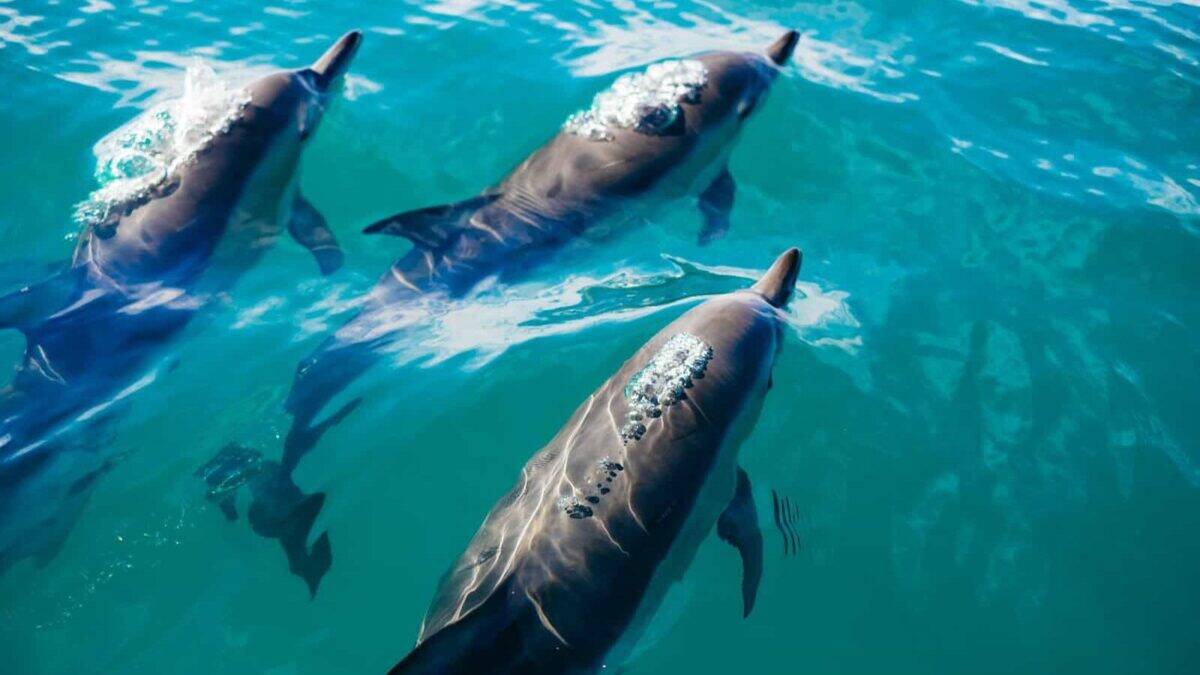
The progression from simple cries to complex communication shows remarkable parallels across species. Baby animals, like human infants, begin with instinctive vocalizations—distress calls, hunger signals, and comfort sounds. As they develop, these sounds become increasingly sophisticated and intentional. Wolf pups progress from whimpering to more complex howls around four weeks of age, while parrot chicks move from simple begging calls to attempting mimicry of adult sounds by three months. Perhaps most fascinating are the communication milestones in great apes—baby chimpanzees begin “babbling” with repetitive sounds around two months, just as human babies do between 4-6 months. They then develop gesture communication before more advanced vocalizations. Researchers at the Max Planck Institute have documented that dolphin calves go through a “babbling period” where they practice the whistles that will become their signature identification calls. These communication developments reflect not just vocal ability but critical neural development in brain regions dedicated to language and social interaction—areas that show significant parallels in structure and function across mammalian species.
Social Bonding and Recognition

The ability to recognize and form attachments to caregivers represents a crucial milestone across species. Most mammals develop selective social bonds within days of birth through a combination of scent, sound, and visual recognition. Lambs can identify their mothers by bleating within days of birth, and will follow only her among the flock. Similarly, elephant calves recognize their mothers and close female relatives within the first week, forming the foundation for their complex social structures. For many species, this recognition extends beyond the mother—wolf pups recognize littermates and pack members by three weeks, establishing the hierarchical relationships that will structure their lives. The hormone oxytocin plays a central role in this bonding process across species, just as it does in human mother-infant bonding. Research with orphaned animals shows that missing this critical period of attachment can have lasting effects on social development, similar to findings in human developmental psychology. These early bonds establish templates for all future relationships and social interactions, highlighting how foundational this milestone is to social species.
Play Behavior and Social Learning
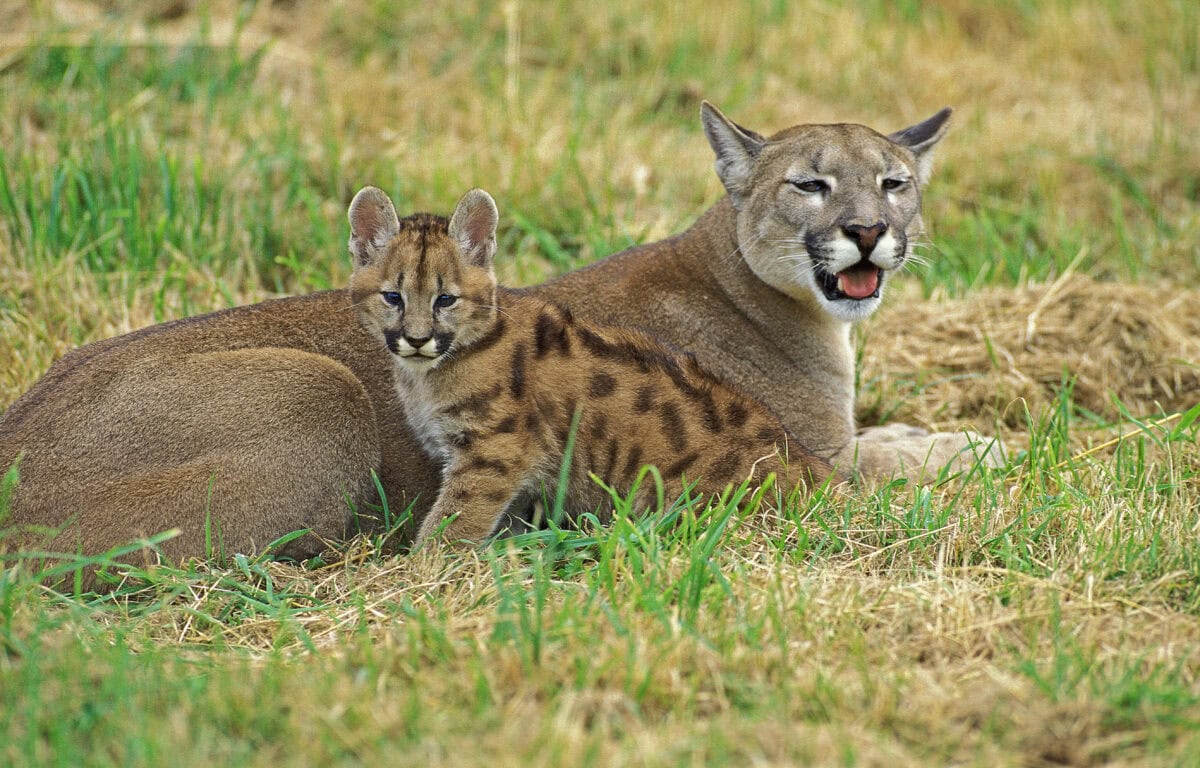
Play emerges as a universal developmental milestone across mammals and many bird species, typically beginning once basic motor skills are established. Lion cubs start playful wrestling around three weeks, while ravens engage in object play by six weeks. These activities are far more than simple fun—they represent sophisticated learning mechanisms. When bear cubs mock-fight, they’re developing hunting skills, spatial awareness, and learning social boundaries. Similarly, when dolphin calves play chase games, they’re mastering the pod’s communication systems and hunting strategies. Research by animal behaviorists has revealed that play serves remarkably similar functions across species: developing physical coordination, practicing adult behaviors, establishing social hierarchies, and learning cultural traditions. The complexity of play increases with cognitive development, with the most intelligent species engaging in the most sophisticated play. Young chimpanzees, for instance, progress from simple physical play to complex pretend scenarios by age three—much like human children. Brain imaging studies show that play activates similar neural pathways across mammals, suggesting deep evolutionary roots for this seemingly frivolous but developmentally crucial behavior.
Food Transitions and Weaning

The transition from milk to solid food represents a critical developmental milestone across mammal species. While timing varies dramatically—kittens begin sampling solid food around four weeks, while orangutans may nurse for up to seven years—the process follows similar patterns. This transition typically begins with curious mouthing of foods, progresses to intentional tasting while still nursing, and culminates in nutritional independence. For many predator species, this period includes crucial hunting lessons—wolf pups are brought partially killed prey around five weeks to practice finishing the kill. Elephant calves experiment with plants their mothers eat, learning safe food choices through observation. Primates show particularly complex food transitions, with young chimpanzees observing and mimicking adults using tools to extract insects or crack nuts—a process that takes years to master. The weaning process balances nutritional needs with social development; research shows that across species, the optimal weaning window correlates with brain development milestones and environmental factors. This transition represents not just nutritional independence but also a significant social shift as young animals begin establishing their place in the group’s feeding hierarchy.
Problem-Solving and Cognitive Development

The emergence of problem-solving abilities follows predictable patterns across species, though the complexity and timeline vary greatly. Baby ravens can solve simple puzzles to access food by three months of age, while young octopuses demonstrate sophisticated spatial problem-solving within weeks of hatching. For mammals, cognitive milestones often correlate with brain growth spurts—wolf pups show dramatic increases in problem-solving abilities around 6-8 weeks, coinciding with significant brain development. Young elephants take significantly longer to master complex tasks, reflecting their longer developmental trajectory and larger brain structures. Researchers have documented that many animals progress through cognitive stages similar to those identified by Piaget in human development—from simple cause-and-effect understanding to more abstract reasoning. Young chimpanzees, for instance, begin to understand object permanence around four months (compared to 8-12 months in human babies) and can solve simple tool-use problems by age two. These cognitive milestones reflect the development of critical brain structures like the prefrontal cortex, which matures following similar patterns across mammalian species, though with varying timelines based on each species’ ecological niche and survival needs.
Emotional Regulation Development

The development of emotional regulation represents a fascinating parallel between human infants and young animals. Baby elephants display clear emotional volatility in their first months, with tantrums and rapid mood shifts that gradually stabilize as they mature. By around two years, they show markedly improved emotional control. Similarly, young chimpanzees progress from immediate emotional reactions to more measured responses as they develop. This emotional maturation correlates with the development of the limbic system and prefrontal cortex across mammals. Marine biologists have observed that dolphin calves learn to modulate their excitement and frustration through specific coaching behaviors from mothers, who intervene when play becomes too rough or frustrating. For social predators like wolves, emotional regulation is actively taught—adult pack members correct overly aggressive or fearful responses in pups through subtle communication signals. Research with orphaned animals shows that without these teaching interactions, young animals often struggle with emotional regulation throughout life. This developmental process demonstrates how the interplay between neurological maturation and social learning shapes emotional development across species, with caregivers providing critical scaffolding for this milestone in ways remarkably similar to human parenting approaches.
Independence and Exploration
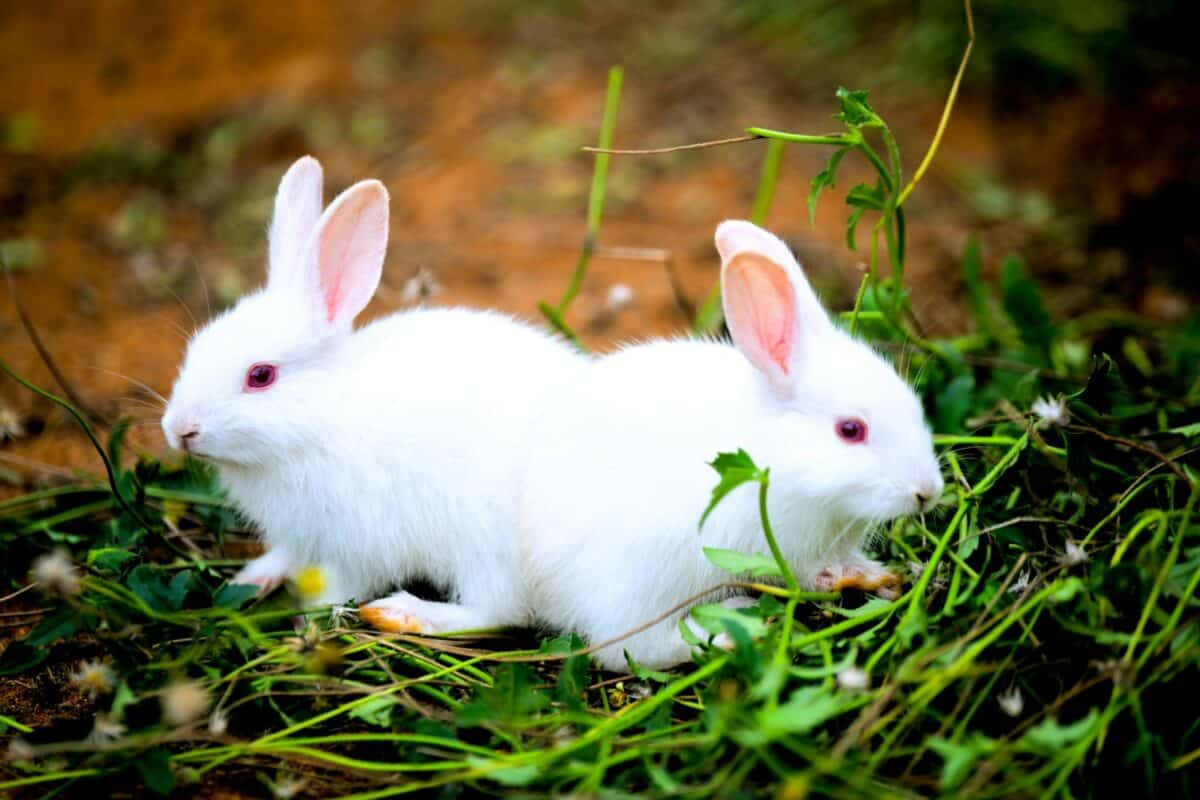
The drive to explore independently emerges on different timelines across species but follows similar developmental patterns. For prey species like rabbits, independent exploration begins remarkably early—baby rabbits venture from the nest for short periods after just two weeks. In contrast, young orangutans remain in constant physical contact with their mothers for over six months before brief independent explorations. Regardless of timeline, this milestone typically progresses from brief separations with visual contact to increasingly adventurous solo explorations. Lion cubs begin venturing beyond the den around six weeks but stay within the pride’s protection until much older. Young ravens progress from short solo flights to exploratory journeys covering miles by six months of age. Marine biologists have observed that dolphin calves follow a “proximity gradient”—gradually increasing the distance and time away from their mothers in measurable increments over their first year. This drive for independence correlates with brain development, particularly the maturation of spatial memory circuits and fear regulation systems. The balance between exploration and safety-seeking behaviors appears to be governed by similar neurological mechanisms across species, with dopamine reward systems encouraging novelty-seeking while attachment systems maintain security.
Fear Response Development

The development of appropriate fear responses represents a critical survival milestone across species. Most mammals show minimal fear responses in their earliest days, entering a “fear period” as their nervous systems mature. For wolves, this period occurs around 8-10 weeks—a time when pups suddenly show heightened startle responses and wariness of new stimuli. Similarly, foals develop selective fear responses around three months, becoming cautious of unfamiliar objects or sounds. This developmental window appears tied to the maturation of the amygdala and related fear-processing neural circuits. What makes this milestone particularly fascinating is how it must balance two competing survival needs: wariness of genuine threats versus willingness to explore and learn. Young ravens develop sophisticated threat discrimination between 3-6 months, learning to distinguish between dangerous and benign humans or predators. For social species, fear responses are often calibrated through observation—elephant calves watch how adult females respond to potential threats and adjust their own reactions accordingly. Researchers have found that across species, this milestone involves not just recognizing threats but developing proportional responses—a process that continues refining through adolescence. Like human children, young animals must learn which fears are adaptive and which limit exploration unnecessarily.
Sleep Pattern Development

The maturation of sleep patterns follows surprisingly similar trajectories across mammalian species. Newborns of most species spend the majority of their time sleeping, with horses’ foals sleeping up to 12 hours daily and newborn kittens sleeping nearly 20 hours. As development progresses, total sleep decreases while sleep cycles become more organized and predictable. Neuroscientists have documented that rapid eye movement (REM) sleep—associated with brain development and learning—comprises a much larger percentage of infant sleep across species compared to adults. For example, lion cubs spend approximately 60% of their sleep in REM during their first month, gradually decreasing to adult levels of approximately 15% by one year. Sleep consolidation—the shift from fragmented sleep periods to longer, more consistent patterns—typically correlates with neurological development milestones. Young chimpanzees begin sleeping through the night around 6-8 months, while wolf pups establish consistent sleep patterns around 10-12 weeks. Marine mammals present fascinating adaptations: dolphin calves must learn unihemispheric sleep (sleeping with one brain hemisphere at a time) to maintain breathing. Their sleep patterns gradually stabilize around six months as they master this complex skill. These sleep developments reflect critical periods of brain maturation and the gradual shift from primarily physiological growth to more complex learning and social development.
Environmental Adaptation
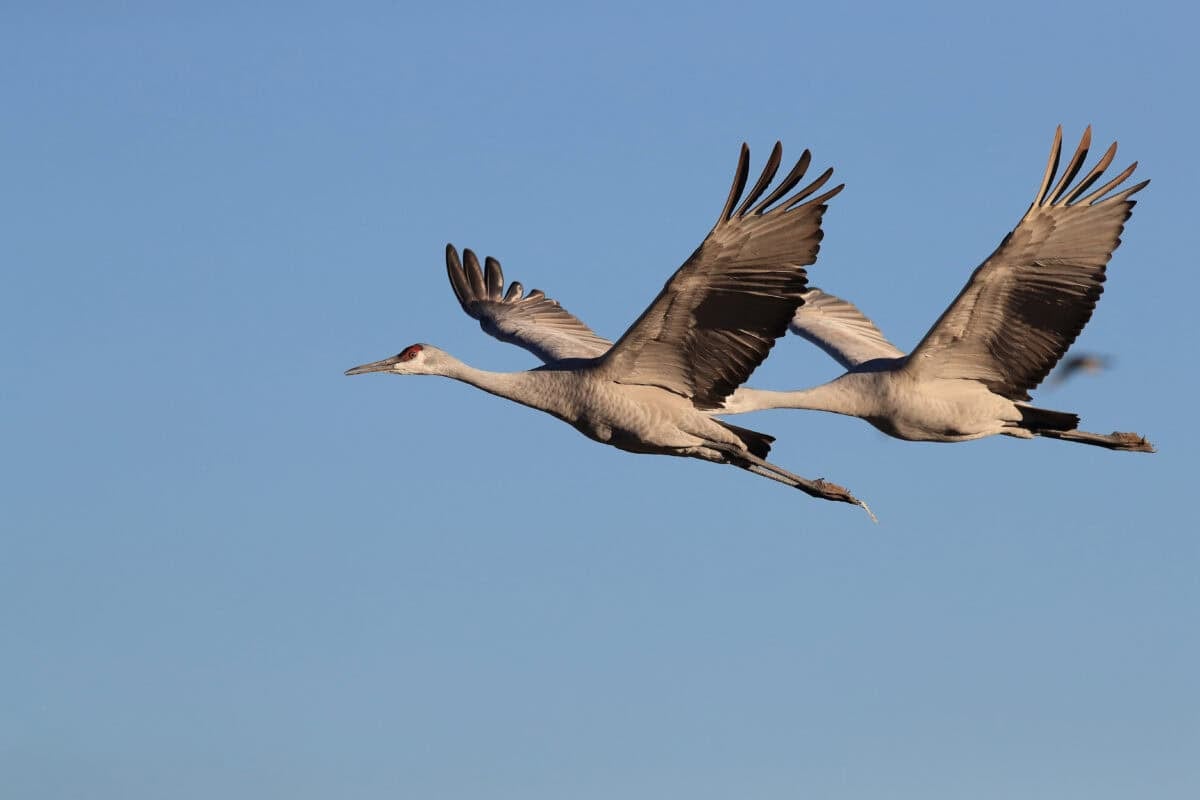
The ability to adapt to environmental changes represents a critical milestone that balances innate behaviors with learned responses. Young animals must develop flexibility to thrive in variable conditions while maintaining species-specific behaviors. For migratory birds, this milestone is particularly dramatic—young sandhill cranes must learn migration routes during their first year, initially following parents but gradually developing the ability to navigate independently using celestial and magnetic cues. Similarly, young salmon imprint on their natal streams’ chemical signatures within days of hatching, creating the memory that will guide their return journey years later. For predator species, environmental adaptation includes learning to modify hunting techniques based on terrain and prey behavior—wolf pups hunting in forested areas develop different strategies than those in open plains. Climate adaptation represents another crucial aspect of this milestone—bear cubs born in colder regions develop thicker fat layers and learn specific den-building techniques from their mothers. Researchers have found that species with more complex social structures typically have longer learning periods for environmental adaptation, as they must master not just physical environments but also social landscapes. This milestone showcases the interplay between genetic programming and experiential learning, with some aspects of environmental adaptation hardwired and others highly dependent on early experiences and social learning.
Cultural Learning and Traditions

The transmission of cultural knowledge represents perhaps the most sophisticated developmental milestone, particularly evident in highly social and intelligent species. Young orcas spend years learning their pod’s specific hunting techniques, vocalizations, and social customs—creating distinct “cultures” that vary between pods despite genetic similarity. By age five, they’ve typically mastered pod-specific hunting strategies that have been passed down through generations. Similarly, elephant calves learn migration routes, water source locations, and social traditions from older herd members, with research showing that herds with older matriarchs navigate drought conditions more successfully due to this accumulated knowledge. In primate species, cultural learning is particularly evident—young chimpanzees observe and practice group-specific tool use techniques, grooming patterns, and communication signals. Primatologists have documented over 40 distinct cultural traditions that vary between chimpanzee communities. Even bird species demonstrate cultural transmission—young ravens in certain regions learn specific techniques for cracking nuts or manipulating human trash containers from older birds. This cultural learning represents the integration of cognitive development, social bonding, and environmental adaptation.
Conclusion:

From the first breath to cultural learning, the developmental milestones of baby animals reveal a stunning tapestry of growth that echoes our own human journey. Despite the vast differences in species, habitats, and lifespans, the patterns of early life—bonding, learning, play, exploration, and adaptation—are deeply interconnected across the animal kingdom. These parallels highlight not only our shared evolutionary roots but also the universal challenges and triumphs of growing up. By recognizing these similarities, we not only gain insight into the lives of our fellow creatures but also deepen our appreciation for the complex, beautiful, and often fragile process of development that connects us all.
- 10 Animals That Risked Their Lives to Save Humans - August 9, 2025
- 14 Reasons Why Bears Are Afraid of Humans (Most of the Time) - August 9, 2025
- 11 Frogs That Look Too Weird to Be Real - August 9, 2025

